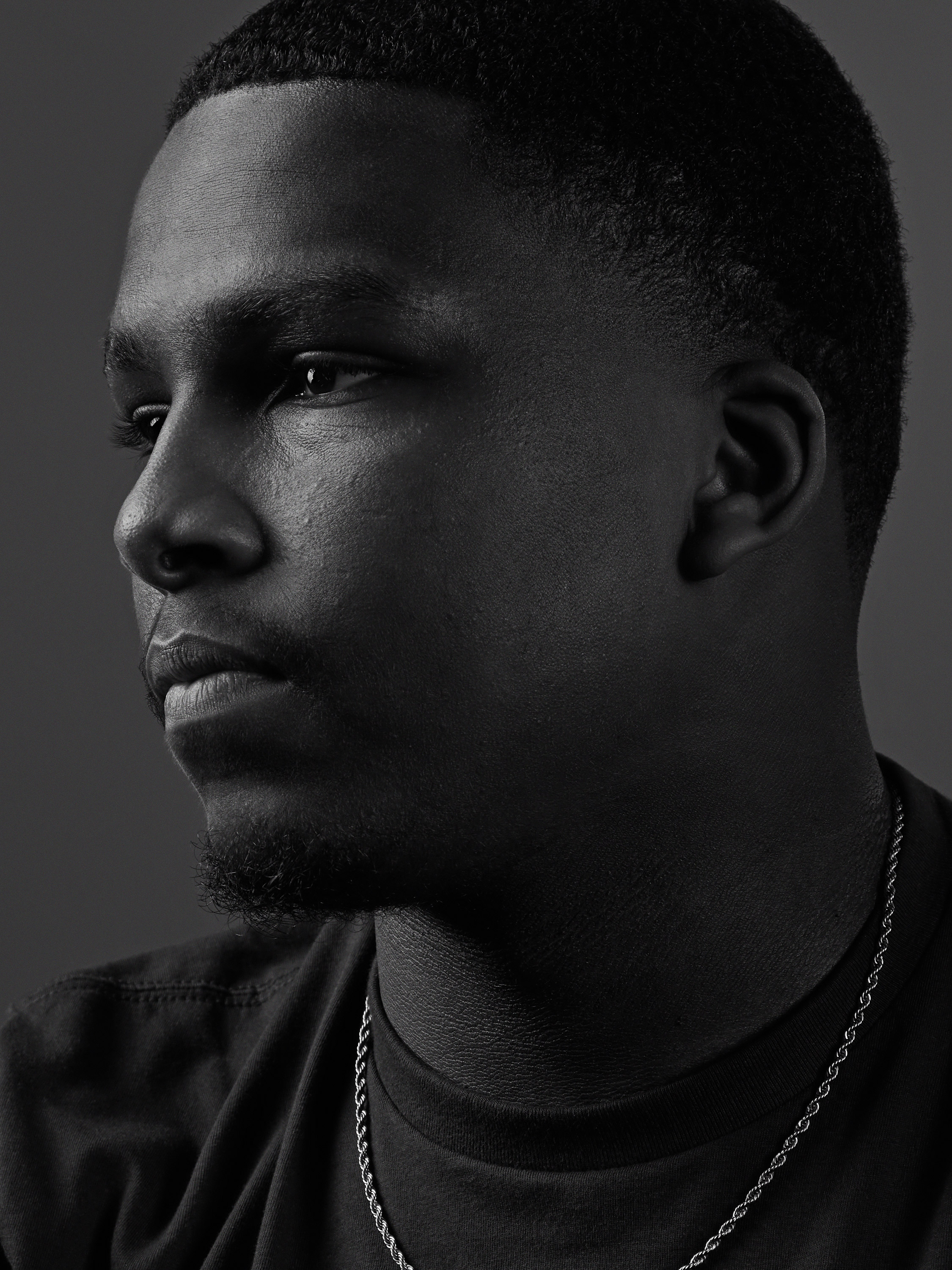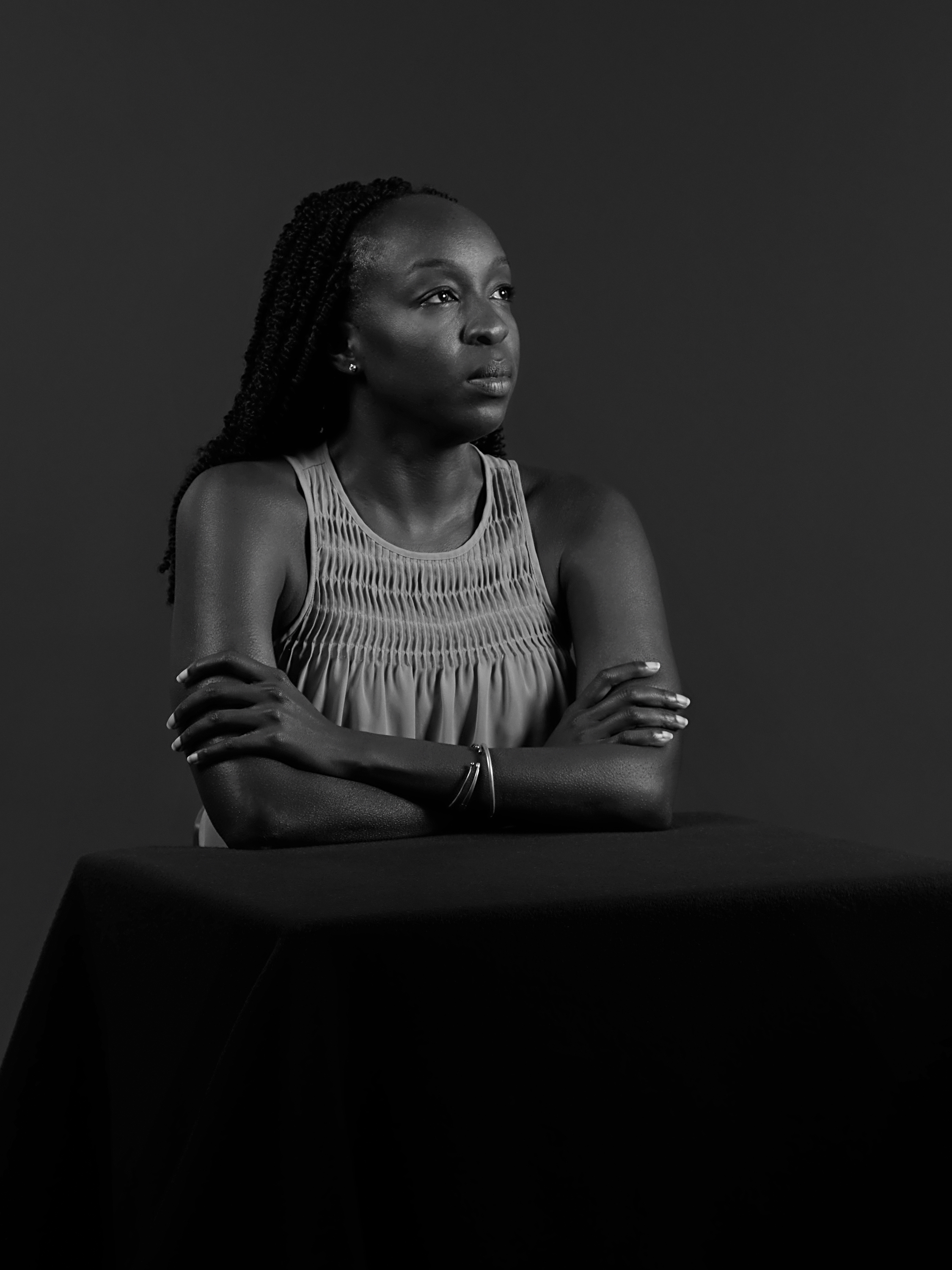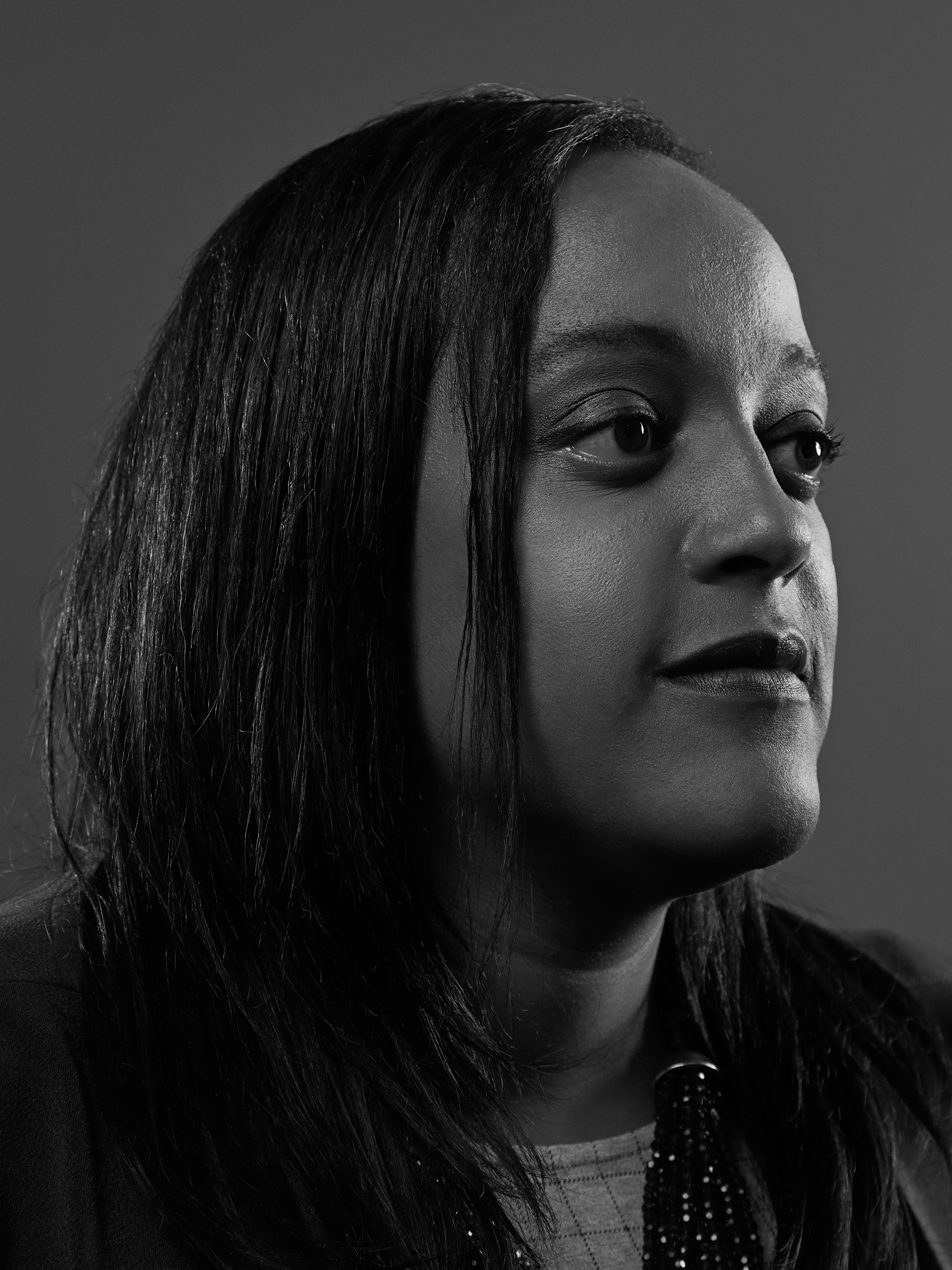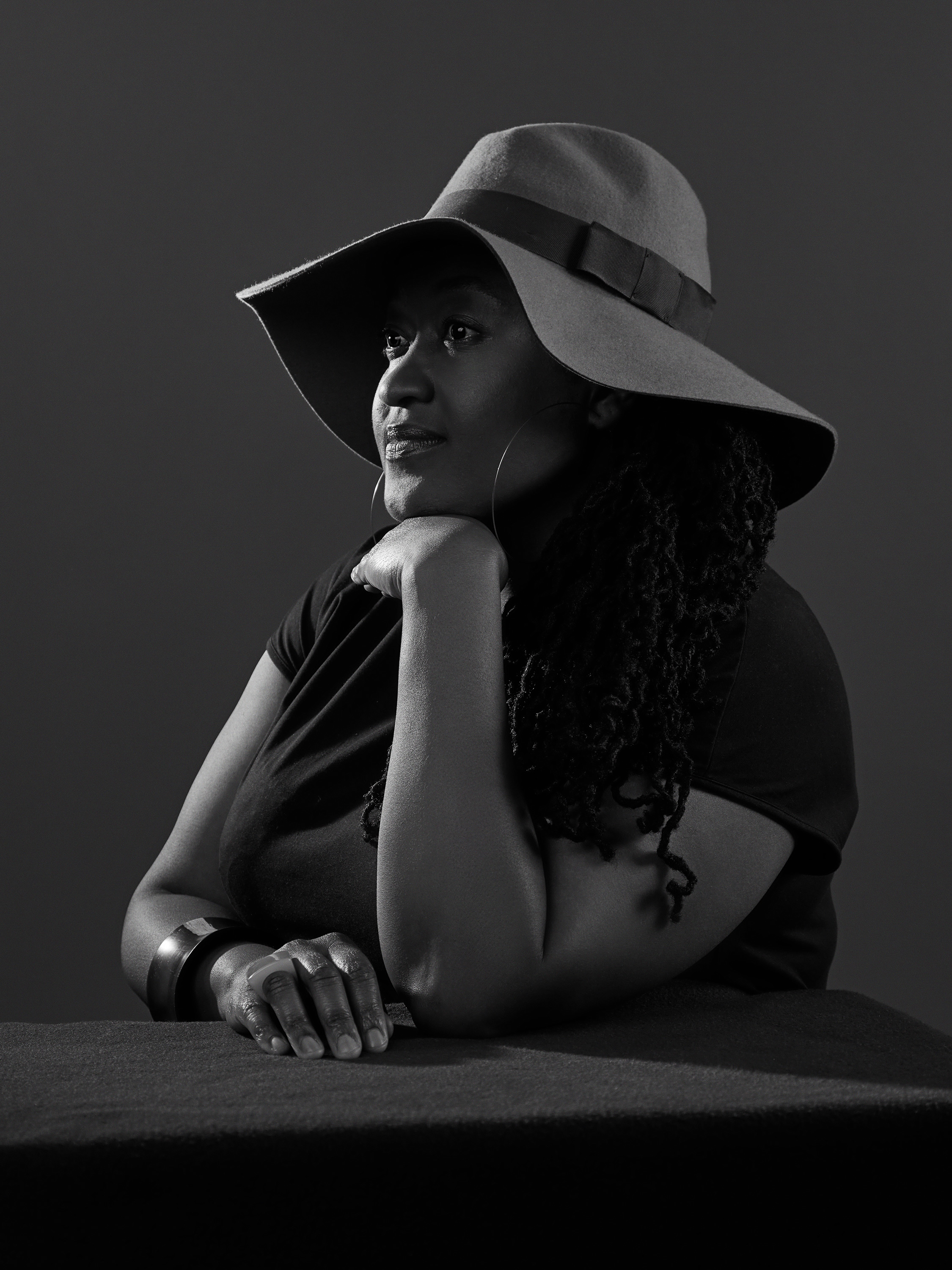Black Voices: How can the UW engage? Black Voices: How can the UW engage? Black Voices: How can the UW engage?
“Something I hear all the time is that those who are closest to the pain and to the solution are furthest from the power to make the change,” says De’Sean Quinn, a Tukwila City Councilmember.
By DE’SEAN QUINN | Viewpoint Magazine
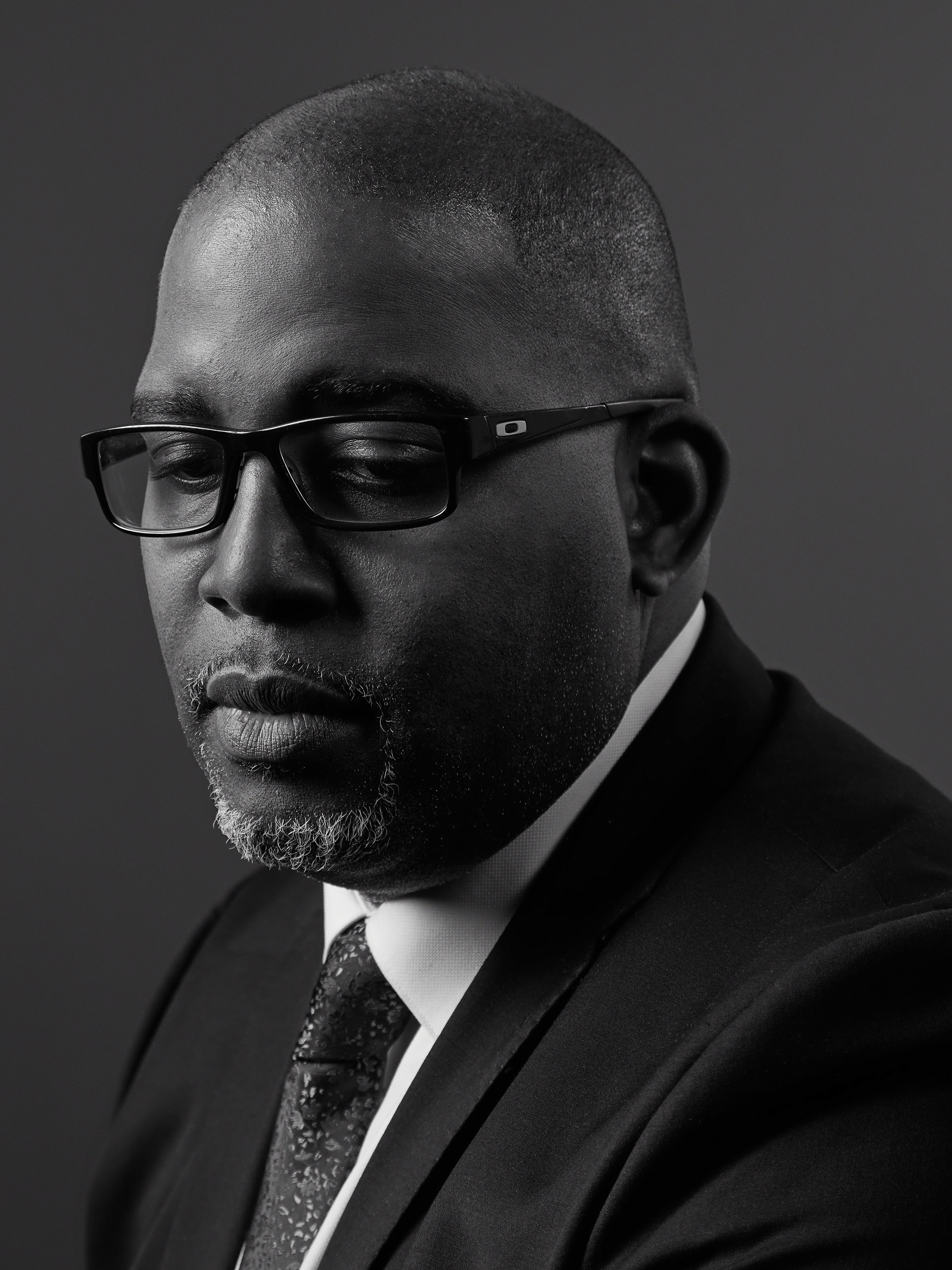
This is part of our “Black Voices” issue of Viewpoint Magazine. Go here to see the full issue.
I didn’t appreciate this at the time, but my experience at the UW was really a journey. I grew up on Beacon Hill and at the time I graduated high school in 1990 it was almost like a renaissance around the Civil Rights movement. Hip-hop had really started picking up and there was an identity there for me.
I was inspired to go to a historically Black college or university (HBCU). I wanted to have the experience of being embraced and surrounded by my culture while attending college. But being a late bloomer, I didn’t have it all together. So, in my first year, I took the opportunity to go to the UW to improve my SAT scores.
At the UW, the community was big, but it wasn’t that diverse. I felt my instructors had low expectations of me. Fortunately, I found a great sociology professor who challenged me, and I earned the grades that helped me get into Morehouse. I transferred. I played football. I had my dream of being surrounded by the African American community, the experience of being in the majority. I learned how to take the ideas I encountered back to my home community. I experienced so many wonderful things—the culture, the bands marching down streets named after icons of the Civil Rights movement. Our chapel had a statue of Dr. Martin Luther King Jr. I walked the same pathways so many icons like Dr. King had once traveled. Those are the things that woke me up.
But I have three brothers, and going to a private school across the country is expensive. I wanted to leave a space for them, so I came back to the University of Washington to finish college. There were many differences between the two schools. At Morehouse, incredible leaders from the Civil Rights Movement would visit my classes. I remember once when John Lewis walked in to my history class and said he was proud of us and there to support us. By contrast, at the UW, our sociology studies were about people observing African American children and writing about their behaviors rather than developing programs to help them achieve. Popular and influential professors like Al Black did not have tenure, and that was noticed by the students. None of the teaching assistants were people of color. It was like the University was missing some steps. I realized that when it comes to advancing equity, you have to move away from just discussing theory and reviewing studies. You have to have a practicum and provide students with hands-on engagement with equity work and people with lived experiences.
Through my studies and experiences, I was drawn to public service. After graduation, I worked on several political campaigns and started my career in the public sector. Today I work for King County Metro Transit. I also serve on the Tukwila City Council, a position I have held since 2008. In my job and in the public service I do, I’m an implementer of equity. Something I hear all the time in the work I do around government structures is that usually those who are closest to the pain and to the solution are furthest from the power to make the change. But I believe that in nearly every project, there should be a place for people who have first-hand experience with inequity. The UW can do its part by helping businesses and organizations bring in people who, through their own experience, can help us all discover better ways to do things.
Sometimes the University can be a city unto itself. Professors should be out in the community more putting their expertise to practical use. They can help organizations outside of campus get to the root causes of disparities. At the same time, by involving the students, we’re investing upstream—preparing a new generation to handle real-world systemic injustices after graduation.
These are things I’ve learned and engaged in my professional career. In 2008, when Ron Sims was King County executive, he launched the equity and social justice initiative. I was the community relations manager and when that initiative matured into policy, I helped build it out with workplans that centered equity and social justice. Later, when Dow Constantine was executive, he asked me to chair the Conservation Futures tax. Ron had preserved 110,000 acres of forest land. This was the next iteration of that. Because I wanted to see people from the communities that I’m in have a voice in saying what the environment means to them, I formed the Open Space Equity Cabinet. By including the community and pursuing their expressed needs and ideas, we garnered $60 million dedicated to open space in urban areas. We engaged people with lived experience and with their insight, found matching dollars for the greenspace. These examples illustrate the kind of groundbreaking engagement that I would love to see the University of Washington be a part of.
Alumni can be centering access and equity in the work they do as well. And those who are doing that can come back to campus and present how to move theories into practical applications. We’ve learned that the work of diversity and equity should not be sequestered within an institution. We should be connecting leaders who are implementors across organizations. I think back decades ago when diversity was first thrown out as a catchphrase. If only we would have fully embraced it then, if we had included people who pushed us out of our comfort zones, how far we could have come.
Warning: Undefined array key "thumbnailoption" in /data/www/columns_wordpress/wp-content/themes/columns/vendor/Columns/MagazineGallery.php on line 179
Warning: Undefined array key "thumbnailoption" in /data/www/columns_wordpress/wp-content/themes/columns/vendor/Columns/MagazineGallery.php on line 179
